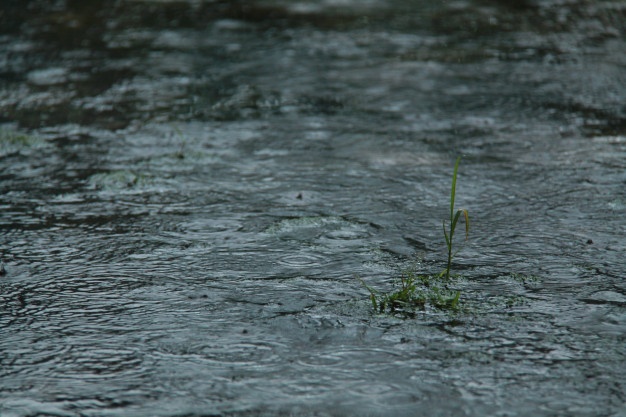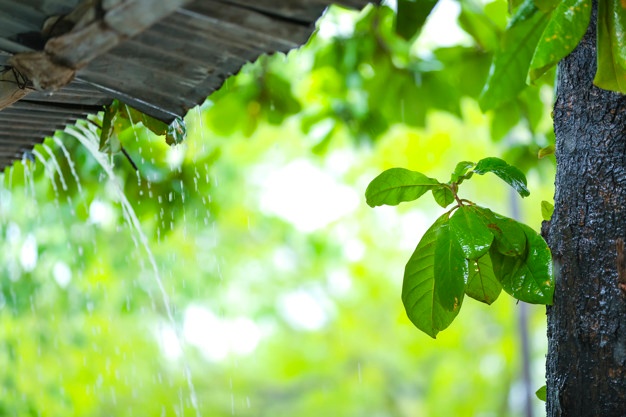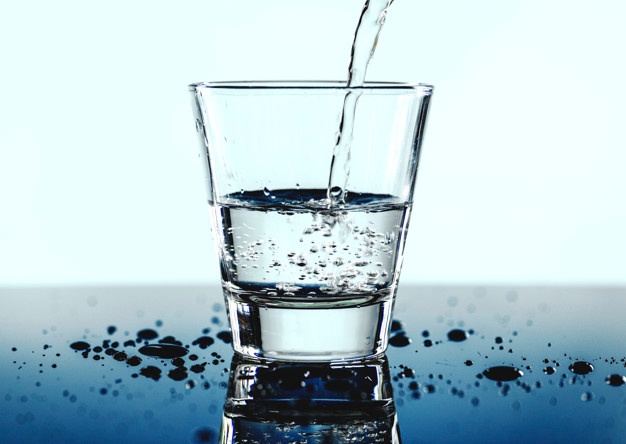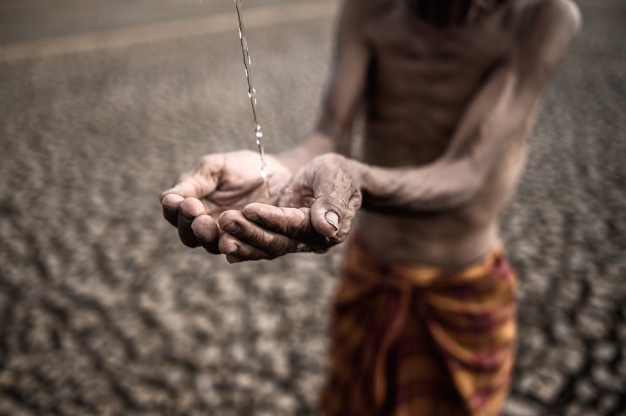Rain Harvesting is counted as a beneficial and economical way of using Natural resources. We provide a wide range of equipment and services along with the blueprint of their installations. You can explore the projects we designed and visualized them to fit the environment of your location.
Rain water harvesting is the method of accumulating and storing rainwater instead of allowing it to run off the land or be absorbed into the land and be wasted. Rainwater is free and can be utilized in remote or isolated areas, rural and urban communities with a limited water resource or want to exercise an alternative water solution. Rainwater harvesting is for all types of businesses, agriculture, individuals and families to provide numerous Eco-friendly benefits, save money and help protect the environment. For outdoor applications, rainwater is clean and healthy for plants, trees, and gardens that can save property maintenance, irrigation, and landscaping costs.


This procedure is effective in locations with a relatively wet climate that benefits from the rain most days of the week. Rainfall around Vancouver Island varies among season changes. As the annual report manifests, the heaviest rainfalls happen at the west coast of Vancouver Island by the average range of 6,650 millimetres (260 in) per year. Some reports show that Henderson Lake on the west coast is known as the wettest place in North America. Autumn and Winter are the rainiest seasons on the island. So, the residents living around this location and west parts of the island can benefit from harvesting technology; this is an excellent opportunity to reduce water treatment costs while benefiting from local water sources.
Now that we know the profitable districts for rainwater harvesting, the most noticeable concern about it is the applications; how far can we go forward with the range of uses of this harvested water?
If the proper equipment and setups are applied, this water can fulfill many of your daily needs from your Garden, Car wash, WC and shower, swimming pools or even up to your kitchen for drinking and cooking. The water can become drinkable as soon as it enters the procedure of disinfection treatments. It may seem like rain is clean and wouldn’t need deep treatments, but it could be mixed with many contaminants on its way down to earth. Services we provide for other types of water sources can be applied to rainwater too. Testing, filtering and purifying are the steps that should be taken to get access to clean water with acceptable minerals and standard status. The water coming from the sky could be mixed with various ions, but it is usually compounded with an electrolyte containing varying amounts of major and minor ions. Sodium, potassium, magnesium, calcium, chloride, bicarbonate, and sulphate ions are significant components. When the disinfection process applies to the water and becomes a nice clean beverage for your consumption, you realize that everything you spend is worth it!
From several manners for disinfecting the water, two of them are considered more effective in rainwater treatment.
Chlorine Treatment
Suitable for industrial and residential use. It works perfectly for a significant amount of rainwater harvested for future uses. We provide a variety of products for this purpose. Feeders are an example of it with variable power and features, resin cleaners, pellets, etc.
Ultraviolet Light Treatment
This method is widely used when a smaller amount of water is harvested and used for early consumption. The water should be free of large sediments. These particles block the UV light to reach water cells so that the disinfection wouldn’t occur correctly. Due to the UV disinfection mechanism and installation, it works best for stored water in wide surface containers with little depths.

Water falls down into the implanted collection tanks and pumps into the filtration system; once it cross that level, it is time for purification. After passes sanitation stages by the manners mentioned earlier, it becomes ready to flow into the pipes for end-use.
There are many ways to get your hands on the right harvesting environment. The architecture can start from standard barrels to more advanced equipment and rooftop installations. Stored rainwater can straightly bound to the filtering system to have a real-time water supply out of your pipes. Our Consultants help you to choose the best installations depending on your residential or industrial needs.
Over time, natural springs have reduced their water flow or have completely dried up. The environment, including Rivers and lakes, has become polluted due to population growth. More significant population and urban development also increases stormwater run-off and decreases water infiltration into the ground where it falls. All of these concerns have a direct impact on the water quantity and water quality we encounter today. Rainwater harvesting reduces flooding and erosion on your property environment that occurs around the downspouts and in gardens. It can also control stormwater run-off. Rainwater doesn’t produce scale and corrosion, as hard water does. The collection of rainwater may reduce flooding in certain environments, such as around the exterior perimeter of the premises or at the lower grades of the property where the water gravitates to that has no proper drainage. Rainwater harvesting helps individuals save on their water bills and can reduce costs to the overall community. The expense to supply municipal water to the community can be substantially reduced if numerous residents use rainwater. Providing an alternative source of water also minimizes the concern of municipal water contamination or any other emergency. Rainwater in many countries is used as a primary source of water or an alternative source when needed. It makes sense to use rainwater whenever possible. Harvested rainwater can be stored and then used during drought and when the groundwater supplies have been depleted.


Rainwater collection systems range from 10,000-gallon cisterns to 40-gallon rain barrels. Even though maintenance is required on rainwater collection systems, these can be constructed to maintain efficiency.
Digging deeper wells is expensive and can cause environmental damage in soil collapse when the water disappears. Also, if your well water is substandard for drinking or may be drying up, Please Contact Coastal Water Store to discuss the option of using a rainwater collection system that is designed for your needs and installed by us, which is often more cost-effective than drilling a well.
Rain Cistern installation: Each application is unique to the needs of the customer. Please contact us directly to receive an installation quote.
Canadian Association for Rainwater Management
Canadian Association for Rainwater Management. CANARM stands for the promotion and education of rainwater and stormwater management best practices. With increasing environmental awareness and concerns, addressing rainwater management issues has become paramount to the success and longevity of many residences and business operations. CANARM has been established to deal with the vast array of very positive actions undertaken by entrepreneurs, homeowners, designers, and help consolidate and focus jurisdictional governance across Canada.
